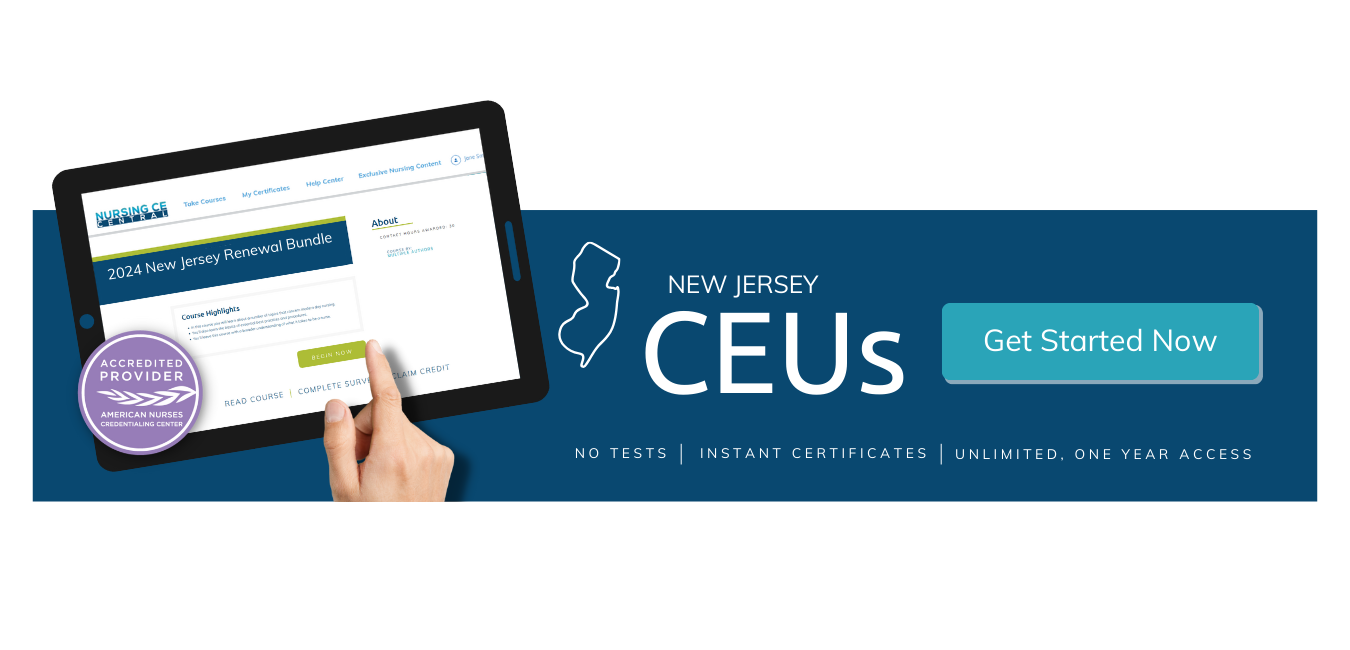Ostomies prolong life. It reminds me of the saying, “When life closes a door, open a window.” Except, when circumstances of life close the intestinal tract, an ostomy becomes a window!
My father-in-law is living and thriving with an ostomy following a Stage IV colon cancer diagnosis roughly 20 years ago. When the diseased portion of his colon was removed during surgery, the ostomy created a new pathway when normal function of his intestinal tract was no longer possible. My children have their Opa, and my husband has his father, in part, due to this procedure.
He is a very active person — he swims, walks several miles throughout the day, gardens, travels, and is present at every sporting event for his grandchildren. He sees the ostomy as a part of him now — an extension of his body — and is grateful that colon cancer didn’t steal his life.
This year, Ostomy Awareness Day falls on Saturday, Oct. 5. We can celebrate this day and give those living with ostomies the recognition they deserve!
I hope to raise awareness of the life-saving procedure and shine a positive light on living with an ostomy. Raising awareness of the positive aspects of ostomy procedures is important because a negative stigma is attached to fecal and urinary diversions.
Sadly, there are common misunderstandings about ostomies, such as the appearance and odor are unpleasant.









